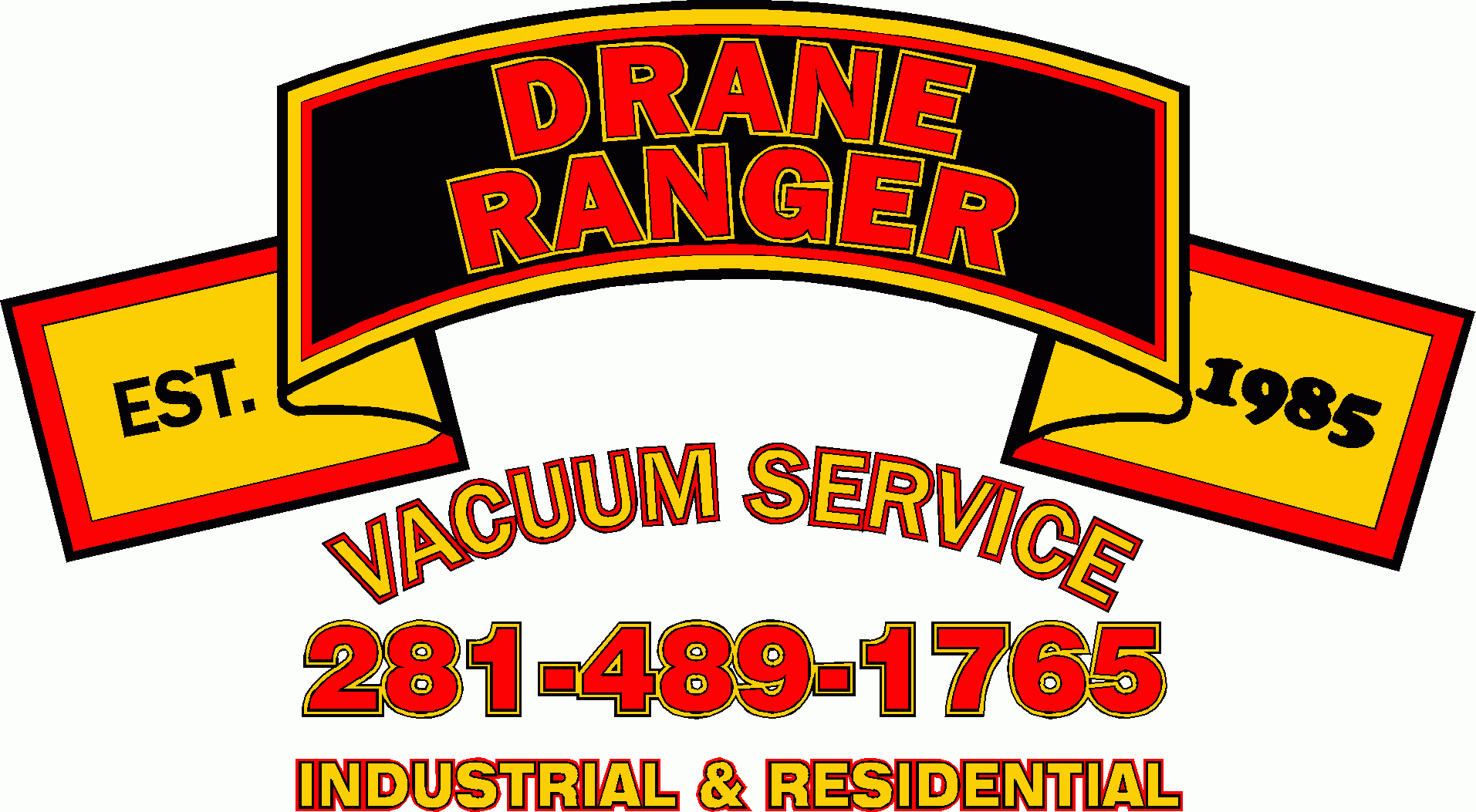If you are running any sort of professional business that deals with grease, such as a restaurant, you must know that you are required by law to have a grease trap—and to maintain it with regular grease trap cleaning. Without a grease trap, all the fats, oils, and greases (FOG), can get into the municipal water systems and cause serious and costly damage to the system as they build up. FOGs are able to cling to pipe walls easily, and as more of it gets into drainage pipes, and ultimately the sewer pipes, clogs can start, backing up sewage and causing damage to buildings through pipe back-ups and possibly even burst pipes.
Every year, millions of dollars are spent in municipalities around the country trying to unclog their sewer pipes due to inconsiderate people that are flushing FOGs down their drains without realizing the consequences. If you are a restaurant or another business with a grease trap, you aren’t immune to consequence; without regular grease trap cleaning, your grease traps may not be functioning fully, and that means they could be allowing FOGs through the system.
What is a Grease Trap?
Grease traps have been around for well over a century; they are devices that are capable of capturing FOGs before they can make it into the municipal sewage systems, all while still allowing clear water through to the sewer system. Once captured, FOGs have to be removed from grease traps every so often in order to maintain the function of the grease trap. Grease trap cleaning is important, and it should be done professionally—especially if you have a very large underground tank.
How Does a Grease Trap Function?
Grease traps allow clear water to pass through them while capturing FOGs to ensure the continued safe function of sewer systems. FOGs, by their very nature, being made up of animal fats and vegetable oils, mostly are less dense than normal water; therefore, they will naturally float to the top of any body of water. Many grease traps will first strain solids using a removable strainer, then will allow any remaining FOGS into a basin of water. However, if they do allow solids through, those will eventually settle at the bottom of the trap. In the main trap, the FOGS will naturally float up to the top so that they can be removed later by a professional grease trap cleaning company for disposal. Only clear water is allowed to exit the grease trap because the outlet pipe is positioned so that it is only within clear water. The FOGs will be floating at the top, and solids will settle at the bottom.
There are three main types of grease traps. Manual grease traps require you to skin the FOGs and remove solids manually every few weeks to ensure the system remains fully functional. Automatic grease traps have systems within them that skim the top of the surface regularly and deposit the FOGs in an easy to empty container externally. Finally, graphic grease traps are used for large-volume businesses; they work similar to manual grease traps, except that they are placed in the ground, externally to the business, due to their size. Grease trap cleaning professionals will know how to clean your trap properly.
All types of grease traps will require regular maintenance; however, automatic systems will require less cleaning due to their skimming functions. Grease trap cleaning is an important step in maintenance because it gets rid of built-up FOGs and allows professionals to check on the system to ensure it is still working properly.
If you have a grease trap and need to set up regularly scheduled grease trap cleaning, then click this page now or contact Drane Ranger today to set up an appointment.
